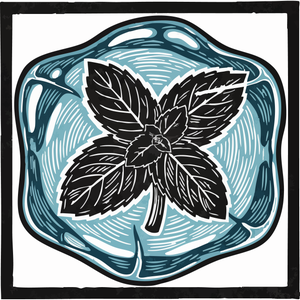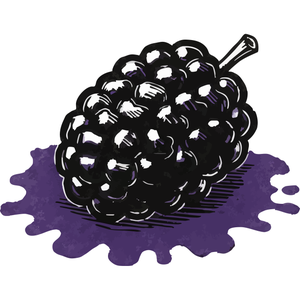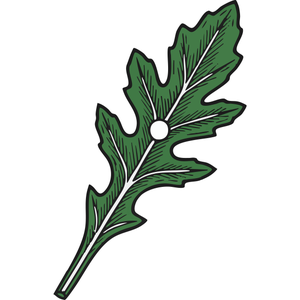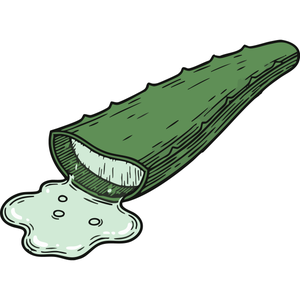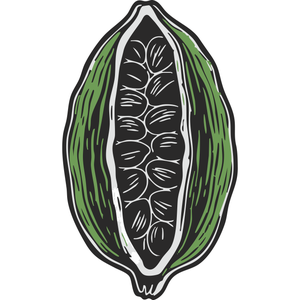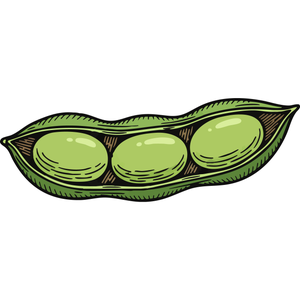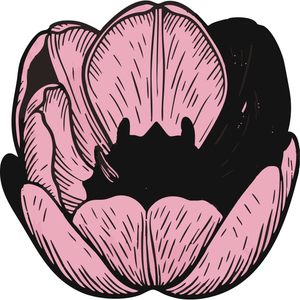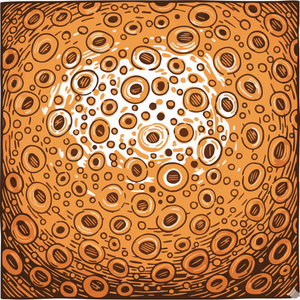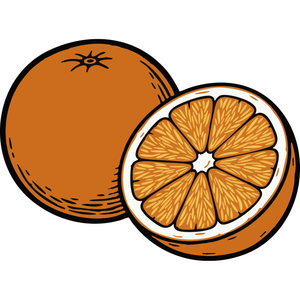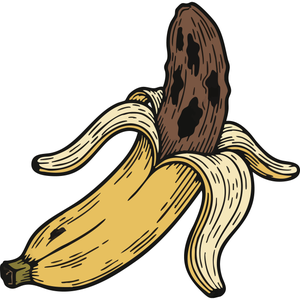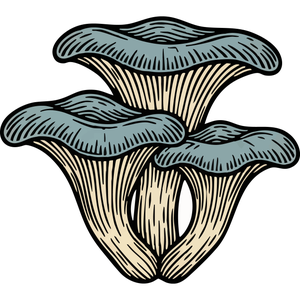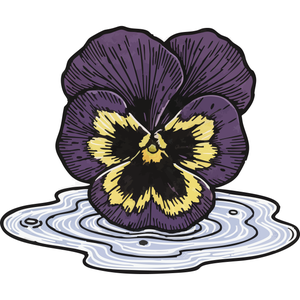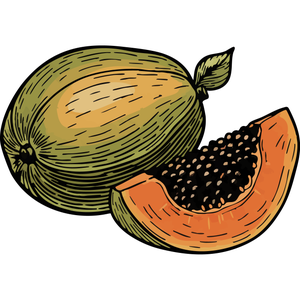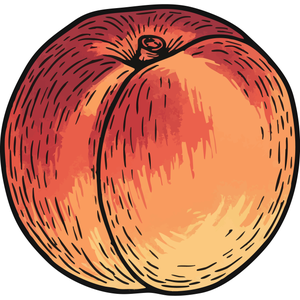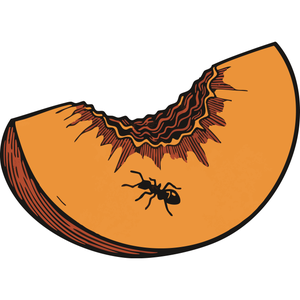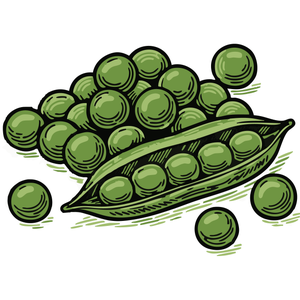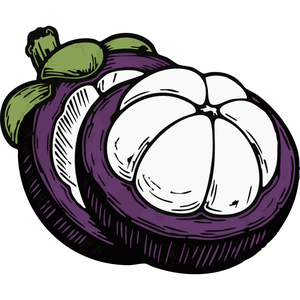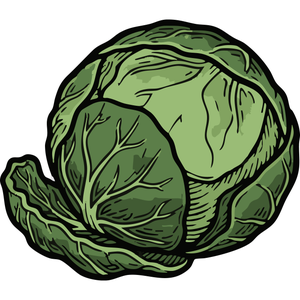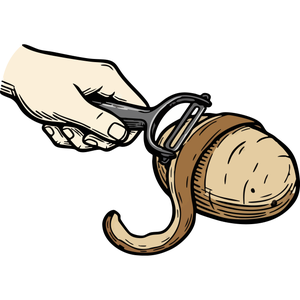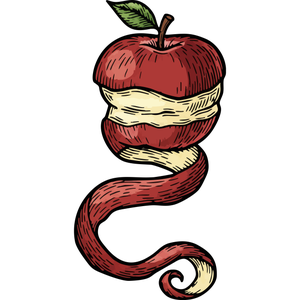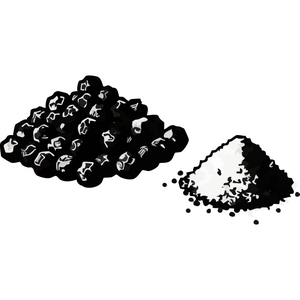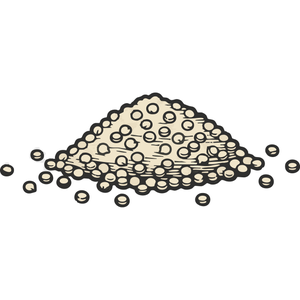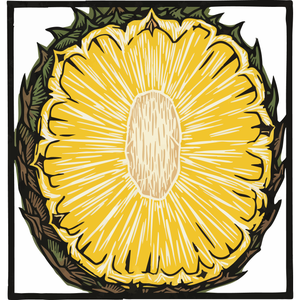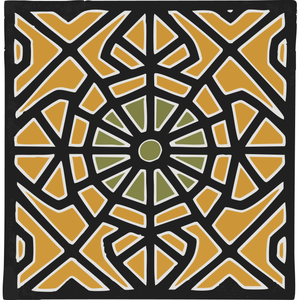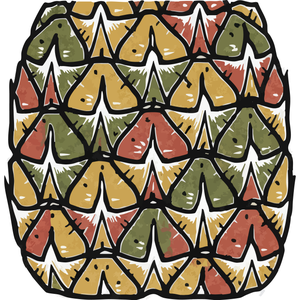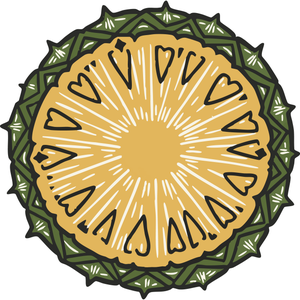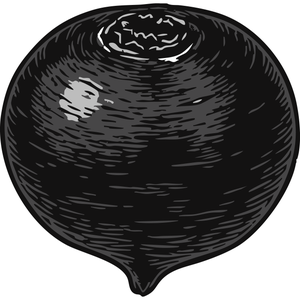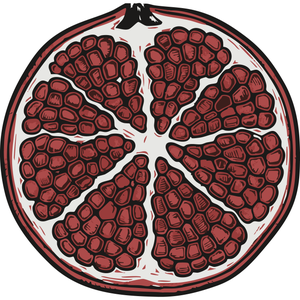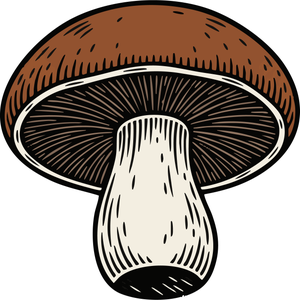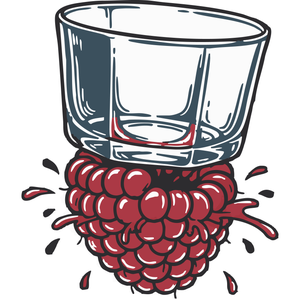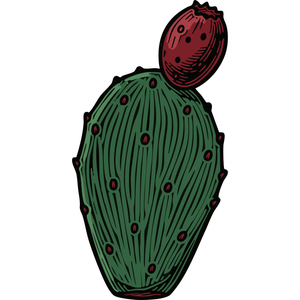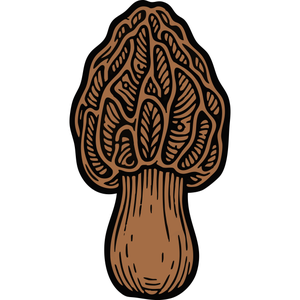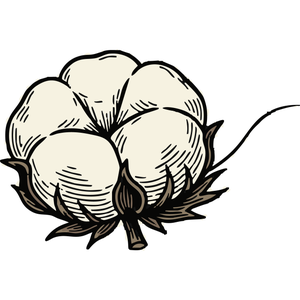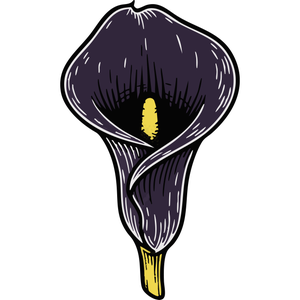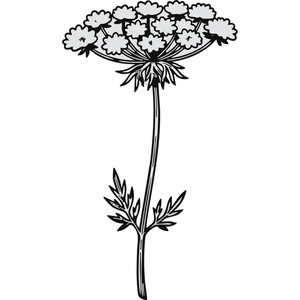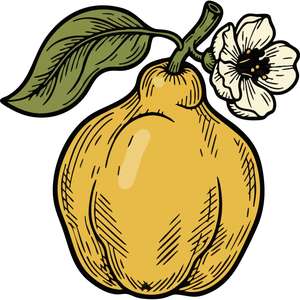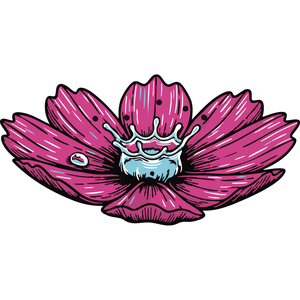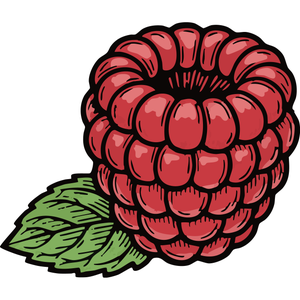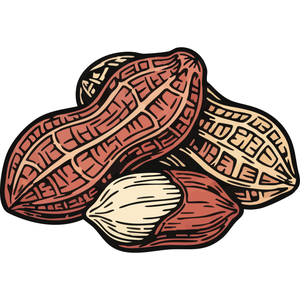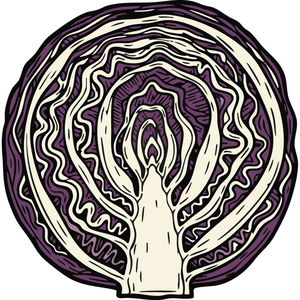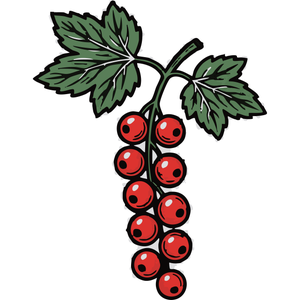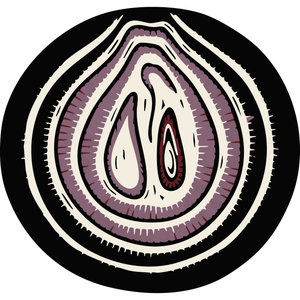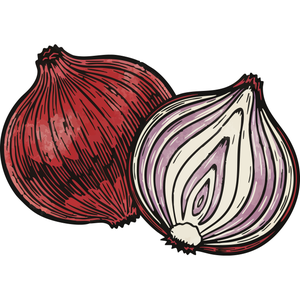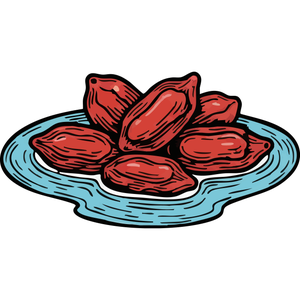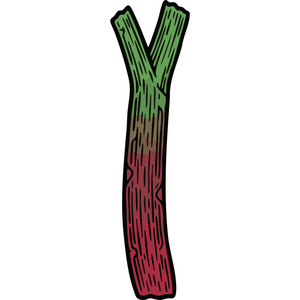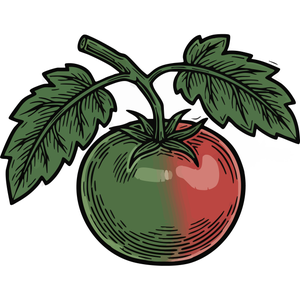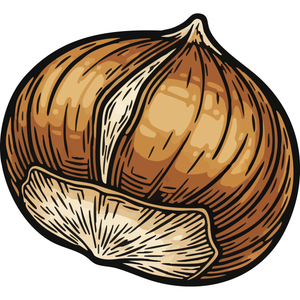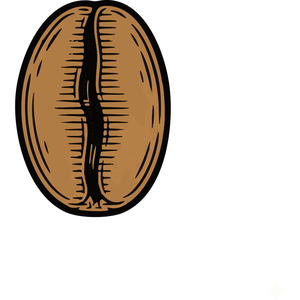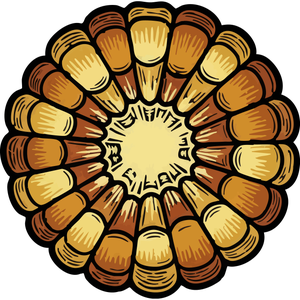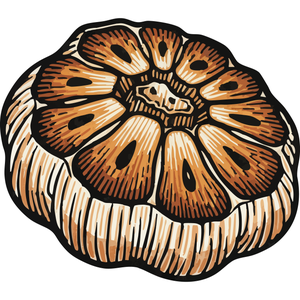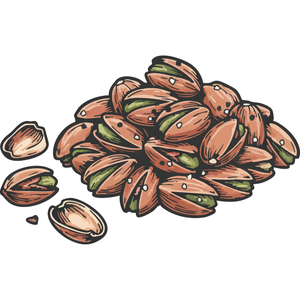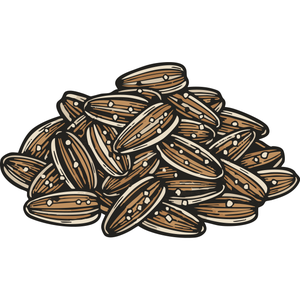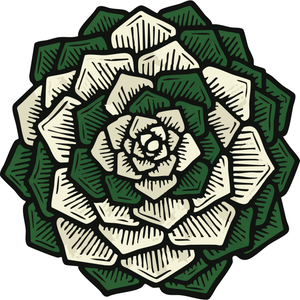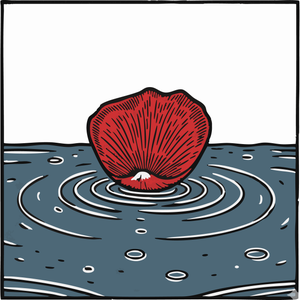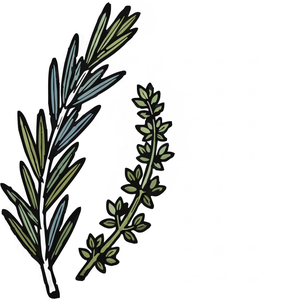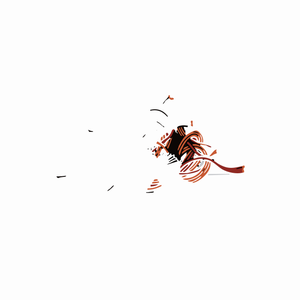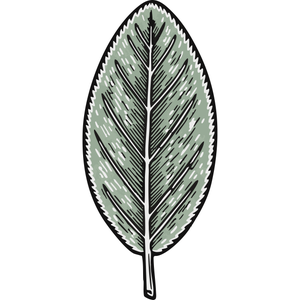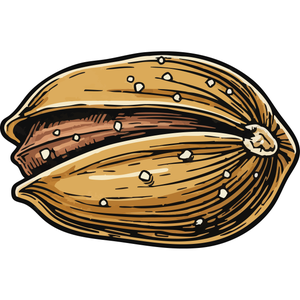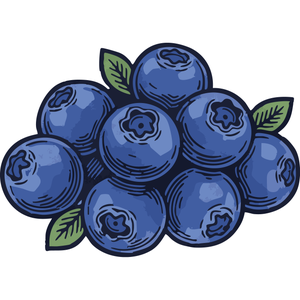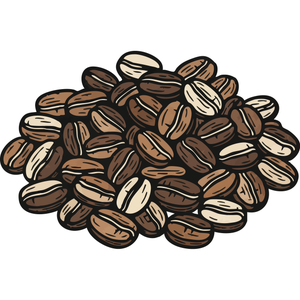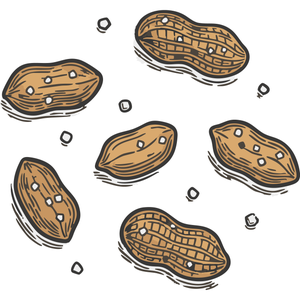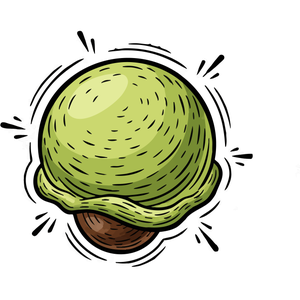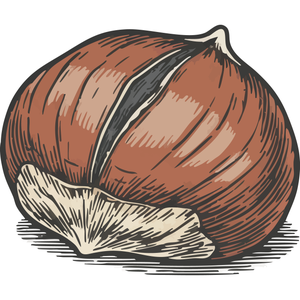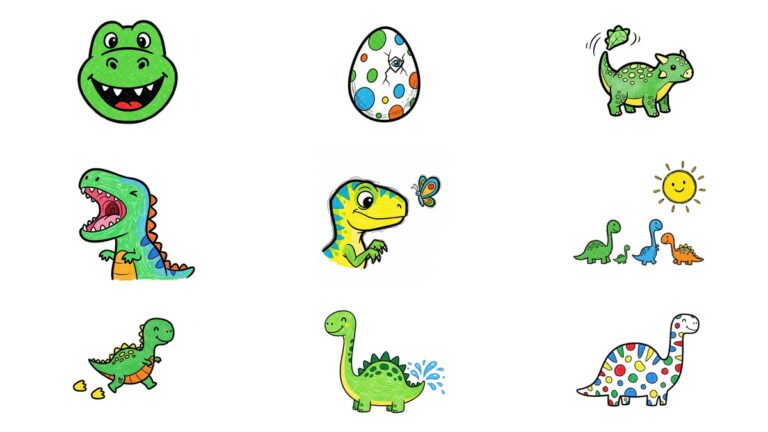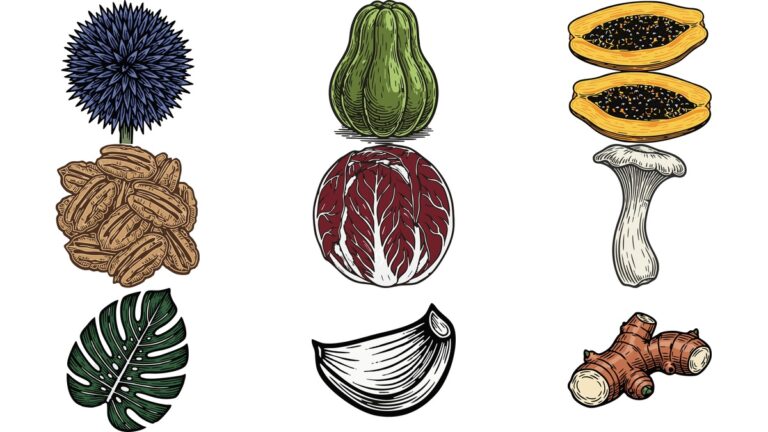Part 2: The Journey of Linocut – From Expressionism to the Present
2.1. Die Brücke and German Expressionism: The Birth of Linocut
The modern linocut was born in the early 20th century amidst the flames of Expressionism that blazed in Germany. The artist group ‘Die Brücke’ (The Bridge), formed in Dresden in 1905, rebelled against traditional academic art and sought to express inner emotions in a raw and subjective manner. Key members like Ernst Ludwig Kirchner and Erich Heckel felt that conventional, refined techniques could not capture their primal feelings of anxiety, alienation, and passion. They aimed to become a ‘bridge’ to a new artistic future and needed a new medium of expression to do so.
It was at this juncture that the linocut was invented. The Die Brücke artists, while inheriting the medieval German woodcut tradition, desired a more direct and intense form of expression. The new industrial material, linoleum, perfectly met their needs. Its soft nature allowed for quick and intuitive carving, and the resulting distorted forms, rough outlines, and stark black-and-white contrasts became an ideal visual language for expressing the inner turmoil and social disharmony of the modern urban dweller. For Die Brücke, linocut was not merely a new technique; it was an inevitable choice that perfectly aligned with their artistic ideology of rejecting bourgeois aesthetics and expressing raw, unprocessed emotion.
2.2. The Grosvenor School: The Aesthetics of Speed and Movement
While German Expressionism explored dark inner emotions through linocut, a completely different aesthetic blossomed in 1920s Britain using the same medium. The Grosvenor School of Modern Art, established in London in 1925, opened a crucial chapter in the history of linocut. At the heart of this movement were the educator Claude Flight and his brilliant students, Cyril Power and Sybil Andrews.
Flight and the Grosvenor School artists were fascinated by the dynamism of the machine age—speed, movement, and the vitality of the modern city. Influenced by Italian Futurism and Art Deco, their works captured scenes of modern life, such as speeding London buses, dynamic sports events, and constantly moving escalators. Linocut was the perfect medium to express these themes. Its fluid curves and bold color planes effectively visualized the trajectories of movement and the sensation of speed. Flight particularly encouraged the use of multi-color linocut techniques, using a separate block for each color, to create a vibrant symphony of colors.
Furthermore, Claude Flight held a belief in “Art for All.” He believed that art should be made accessible to a wider audience at affordable prices through printmaking. This democratic view of art perfectly aligned with the reproducible and economical nature of linocut. The ‘First Exhibition of British Lino-Cuts’ held at the Redfern Gallery in 1929 was a monumental event that announced their successful activities. The Grosvenor School is thus recorded as the art movement that most vividly captured the optimism and energy of early 20th-century modern society through linocut.
2.3. The Flow of Modern Linocut
Having expanded its artistic possibilities through the passion of Expressionism and the dynamism of the Grosvenor School, linocut continues to inspire many contemporary artists today. It is used as a powerful medium to convey an artist’s philosophy and message, going beyond simple representation. For instance, Korean artist Han Ji-min uses the ‘reduction method’ of linocut to embed deep reflections on creation and destruction, temporality, and narrative into her work. Another artist, Min Kyeong-ah, creates new stories about contemporaneity and identity by juxtaposing traditional images with modern subjects in her linocut works. In this way, contemporary artists are reinterpreting the traditional medium of linocut with their own visual languages, continuously expanding its artistic horizons.
[ 여기에 광고 코드가 삽입됩니다 ]
[ 여기에 광고 코드가 삽입됩니다 ]






